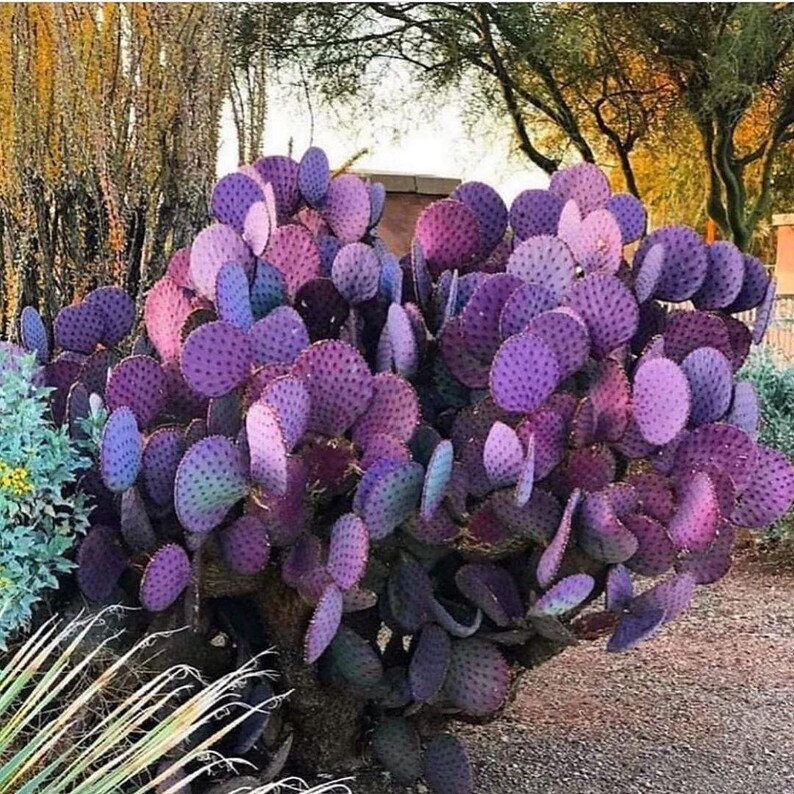
Opuntia Violacea Santa Rita 10 SEEDS Violet Purple Etsy
Common Name: Pinta Rita Prickly Pear Description: Opuntia Pinta Rita Prickly Pear is a very special cultivar of the 'Santa Rita Prickly Pear'. The differences are as follows: intensified purple tinting of the turquoise under-color of the plant's pads; much longer season flowering (from Spring through Fall); and new growth is bright red! Hardy to mid teens. Can grow to be about 3 feet.
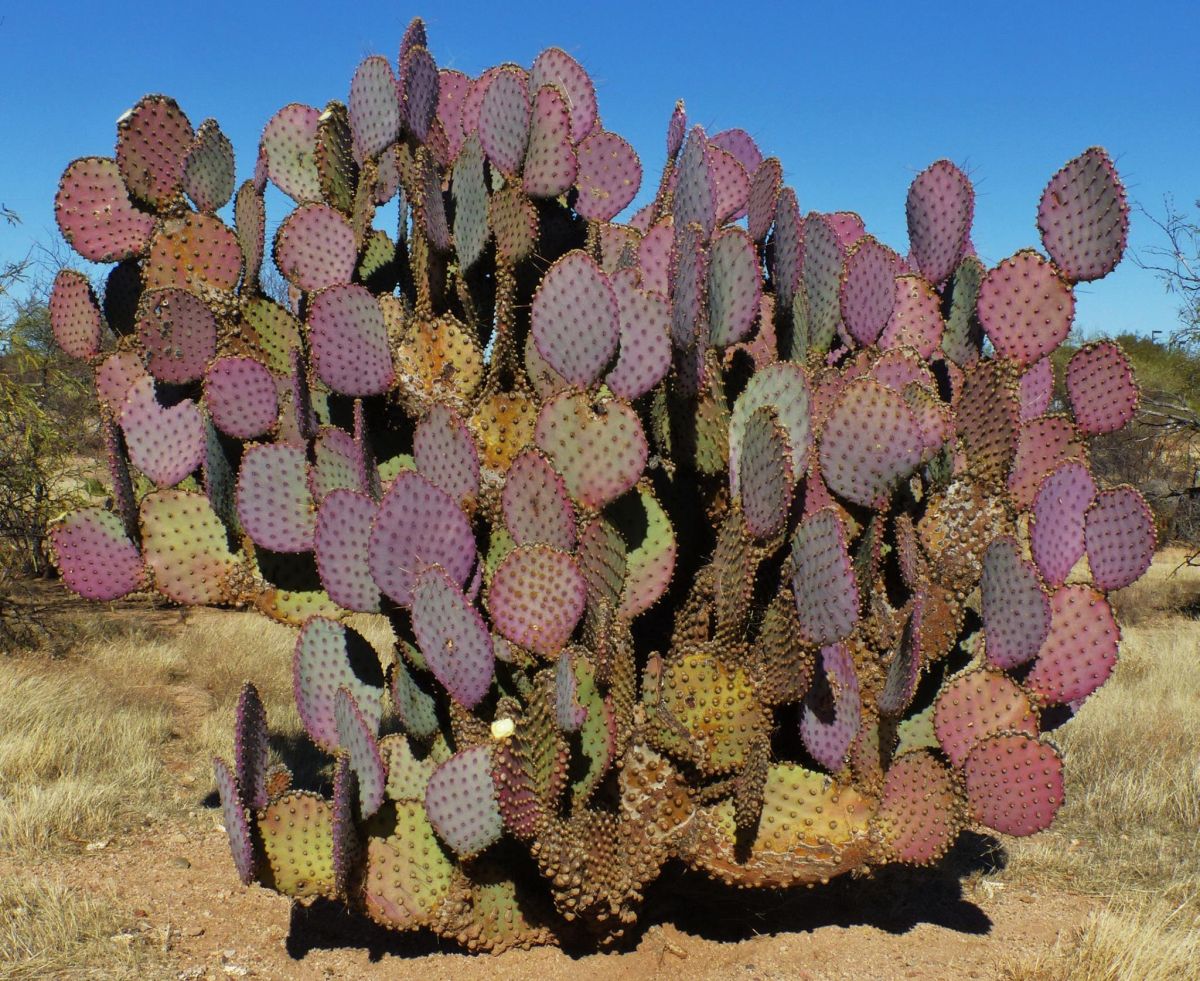
Extraña opuntia en el Norte de Chihuahua, México
Opuntia santa-rita is an attractive species with limited distribution in far south Arizona, mostly around Nogales - between the Baboquivari and Santa Rita mountains. The mostly or completely spineless pads are bluish green in color with a distinct purple tinge, more evident during dry or cold weather, and they have a neat, regular array of areoles bearing yellow or brown glochids.

Opuntia Santa Rita 'Baby' 4" Zensability
Opuntia chlorotica santa-rita is one of three varieties of the prickly pear cactus in the Opuntia chlorotica complex. The varieties are santa-rita, gosseliniana, and chlorotica ( Ferguson 1988 ). S anta-rita is the most handsome.
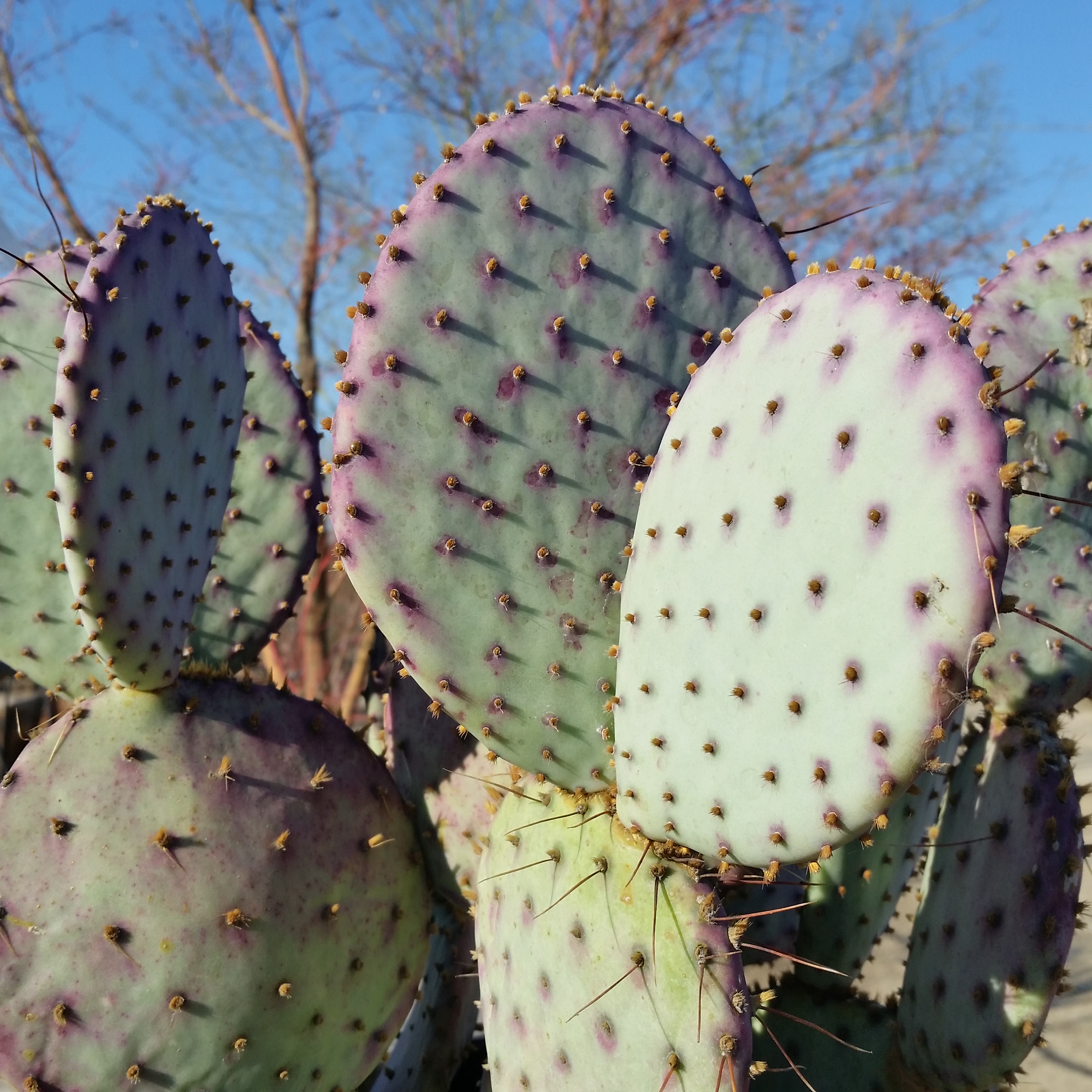
Opuntia santarita Prickly Pear Cactus Mid Valley Trees
Opuntia santa-rita is a shrubby or tree-like cactus with a short trunk and branches of gray-green to bluish-green segments that turn lavender to red-purple under stress. It can grow up to 6.6 feet (2 m) tall. The stem segments are flat, usually subcircular, sometimes ovate or obovate, and can reach up to 8 inches (20 cm) in diameter.
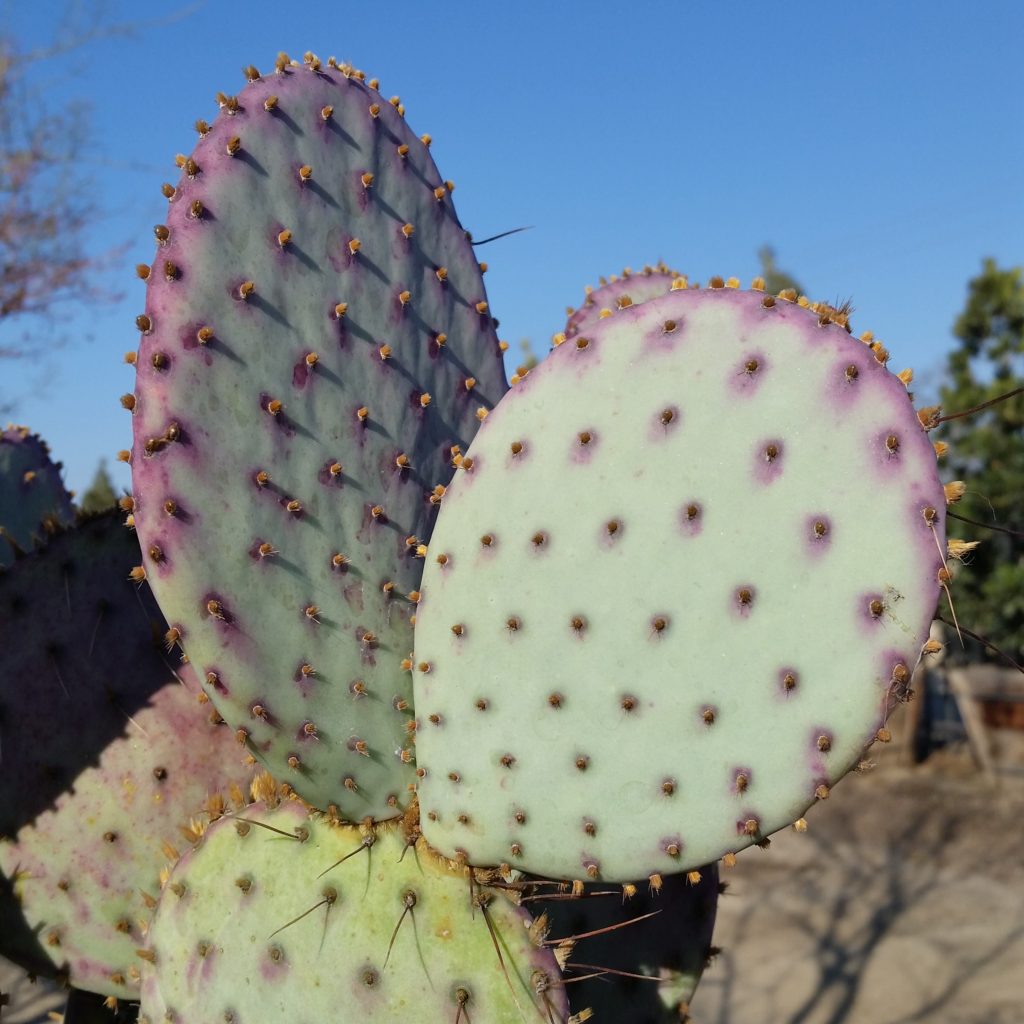
Opuntia santarita Prickly Pear Cactus Mid Valley Trees
Info Genus Opuntia (op-UN-shee-a) Info Synonym Opuntia gosseliniana var. santarita Opuntia chlorotica var. santarita Opuntia violacea var. santarita Sun Exposure Unknown - Tell us Foliage Unknown - Tell us Height Unknown - Tell us Spacing Unknown - Tell us Hardiness Unknown - Tell us Danger Unknown - Tell us Bloom Color Unknown - Tell us

Opuntia 'Santa Rita' rare purple prickly pear cactus pad, unrooted (on Zensability
The Opuntia gosseliniana var. Santa Rita has been traditionally used to treat various ailments: 1. Constipation (natural laxative) 2. Boosts immune system 3. Reduces/prevents muscular inflammation 4. Lowers cholesterol levels in the body 5. Stabilizes glucose and insulin levels 6. Significant source of antioxidants 7.
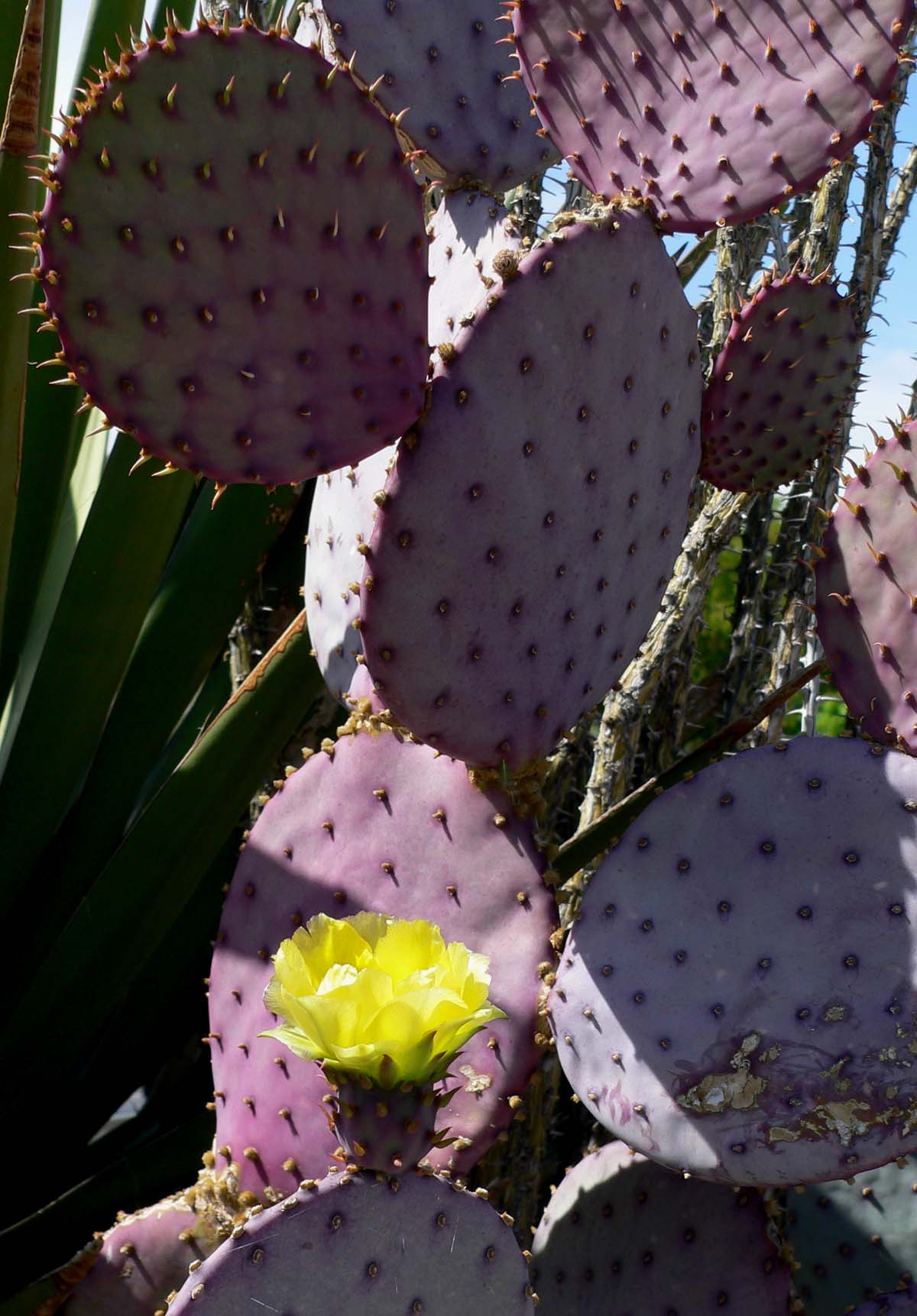
Opuntia gosseliniana Wikiwand
A very attractive species, Opuntia santa-rita (Santa Rita Prickly Pear) is an upright, bushy succulent shrub with colorful, round, ovate, fleshy pads. Covered with spines, the pads turn rich purple in winter before changing back to soft blue-gray with warmer temperatures. This purple pad coloration also intensifies in direct sunlight and drought.

Opuntia Violacea Var Santa Rita PURPLE Prickly Pear Pad Etsy
Opuntia santa-rita Description This low-growing prickly pear cactus forms large clumps and has a short trunk growing to heights of two to five feet with an equal spread. It produces flat, round, reddish-purple pads that grow to eight inches. The color of the pads intensifies when the plant is stressed by cold weather or drought conditions.
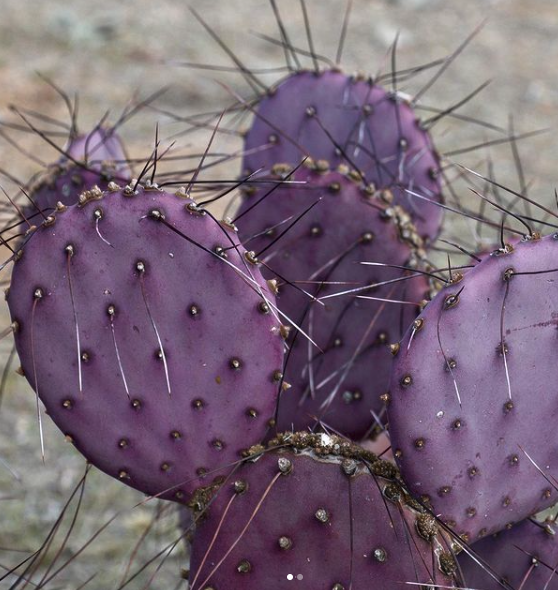
Opuntia Violacea var. Santa Rita Purple Prickly Pear Seeds
Opuntia violacea var. santa-rita Pronunciation: op-UN-shee-a vy-oh-LAH-see-uh SKU #02546 8-11 Good to Grow.indoors: Change Location Find In Store OVERVIEW DETAILS STYLE CARE Care Grows easily in average to lean, rocky, unimproved, fast-draining soils with low moisture.
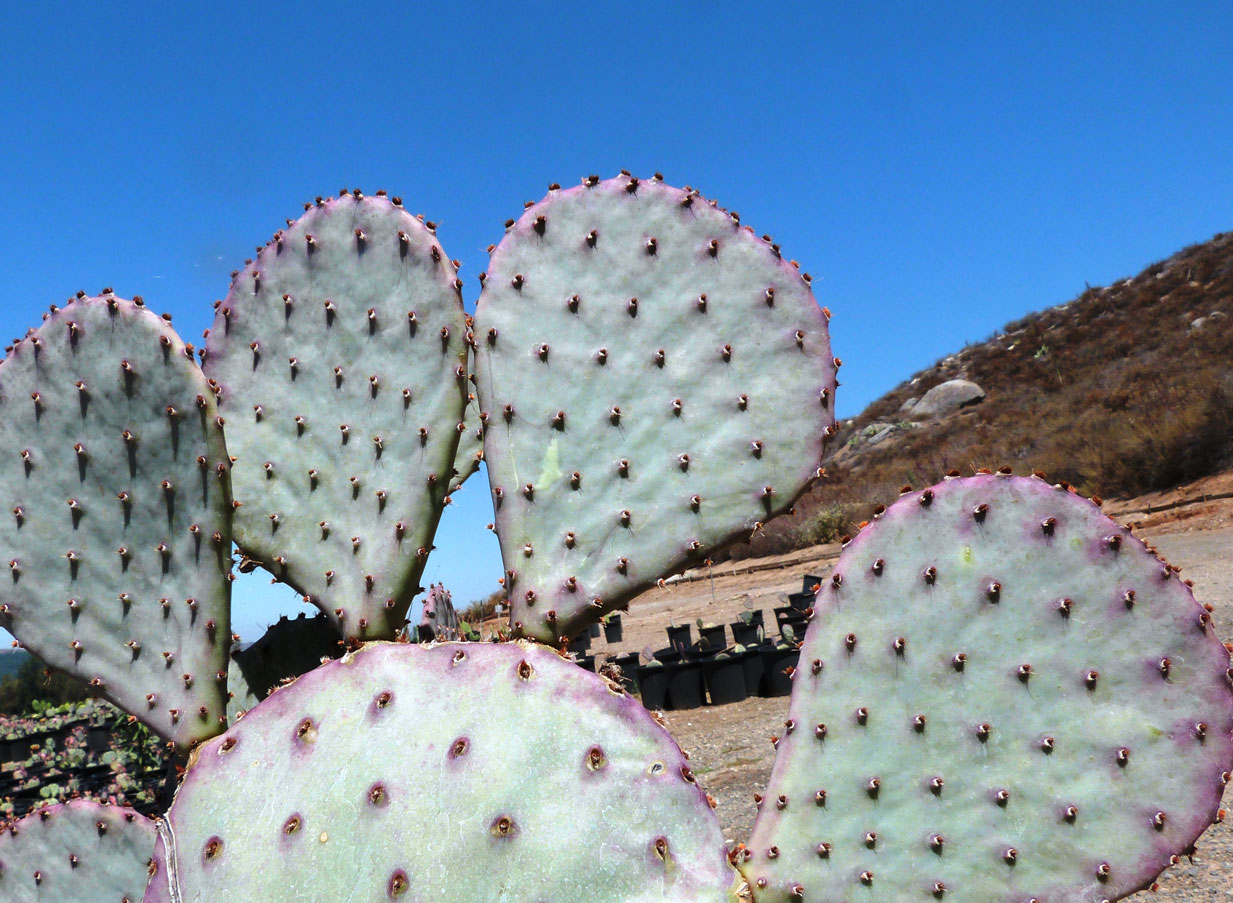
Opuntia 'Santa Rita' TY Nursery
What is Opuntia? Opuntia, commonly known as the Prickly Pear, Opal, Tuna Prickly-Pear, or Indian Fig, is a member of the Cactaceae family. With over 100 recognized species, Opuntia is a diverse genus showcasing a wide variety of sizes, colors, and forms.

Opuntia violacea v. Santa rita 10 seeds edible Purple cactus CombSH C52 Seeds
Bavarians wear their trachten to a lot of events like fests, markets, and the wildly popular Oktoberfest. Don't be afraid to buy one for yourself either. 9) Everything isn't Open 24/7. In fact, besides some restaurants, most stores, shops, and other businesses are closed on Sundays.
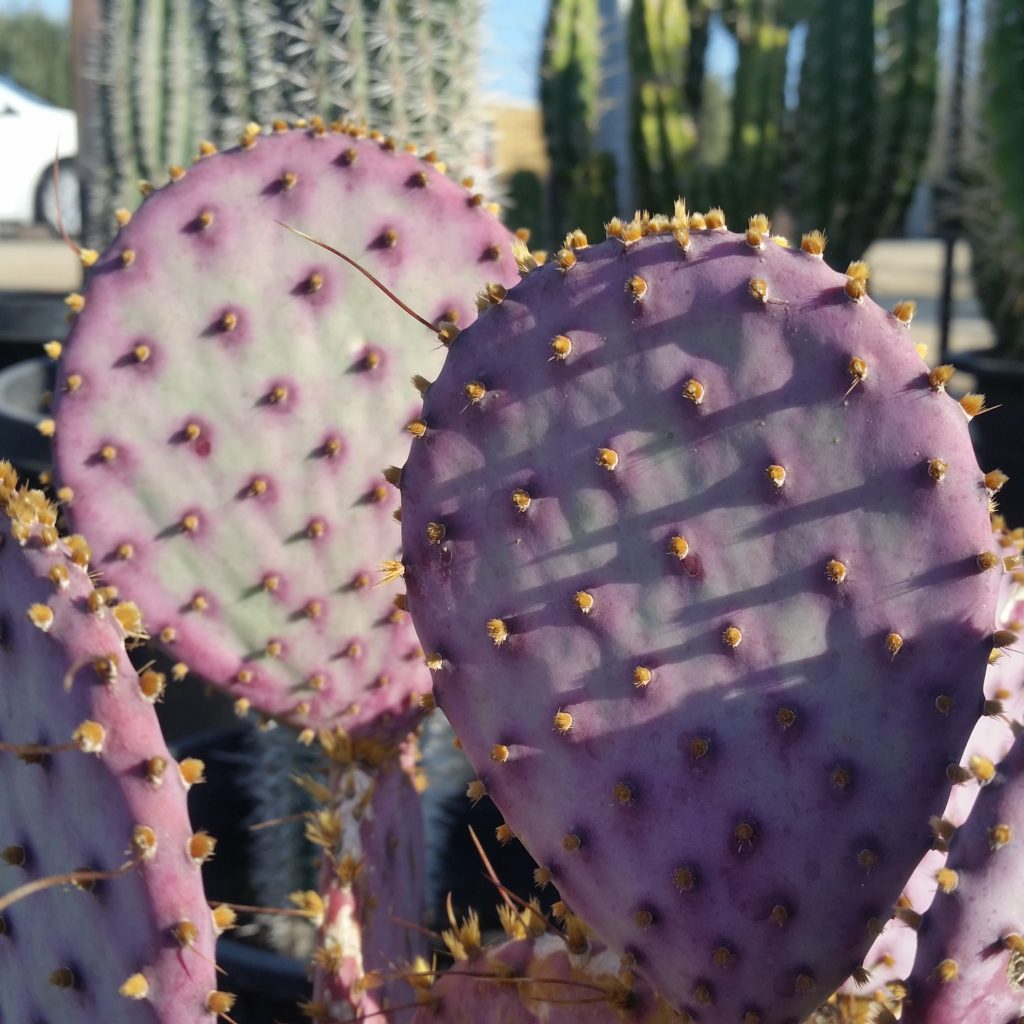
Opuntia santarita Prickly Pear Cactus Mid Valley Trees
It's a slow-growing cactus that can reach up to 20 feet in height and has beautiful white flowers that bloom in the spring. The Santa Rita cactus is also known as the elephant's trunk cactus because of its thick, wrinkled skin. If you're lucky enough to have a Santa Rita cactus, here are some tips on how to care for it. Table of Contents
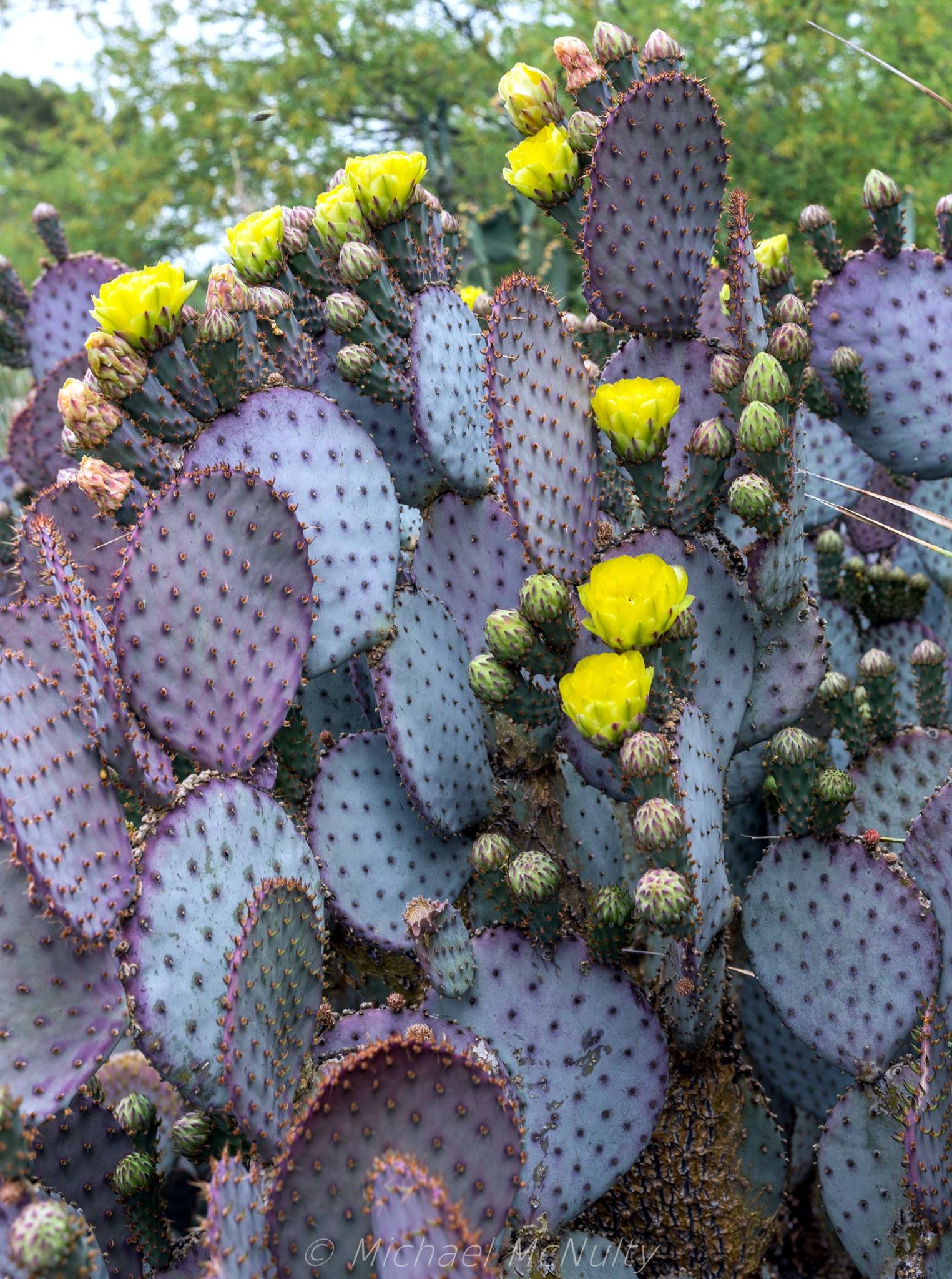
Opuntia chlorotica santarita
Description: Opuntia santa-ritaSN|25097]]SN|25103]] is an erect, bushy succulent shrub to 2 m high and 3 m wide with a distinct, though short trunk. It a very attractive species with reddish or violet-purple pads. Small plants seem to be the most colourful. The yellow flowers are stunning on the purple pads in spring, definitely an eye-catcher.
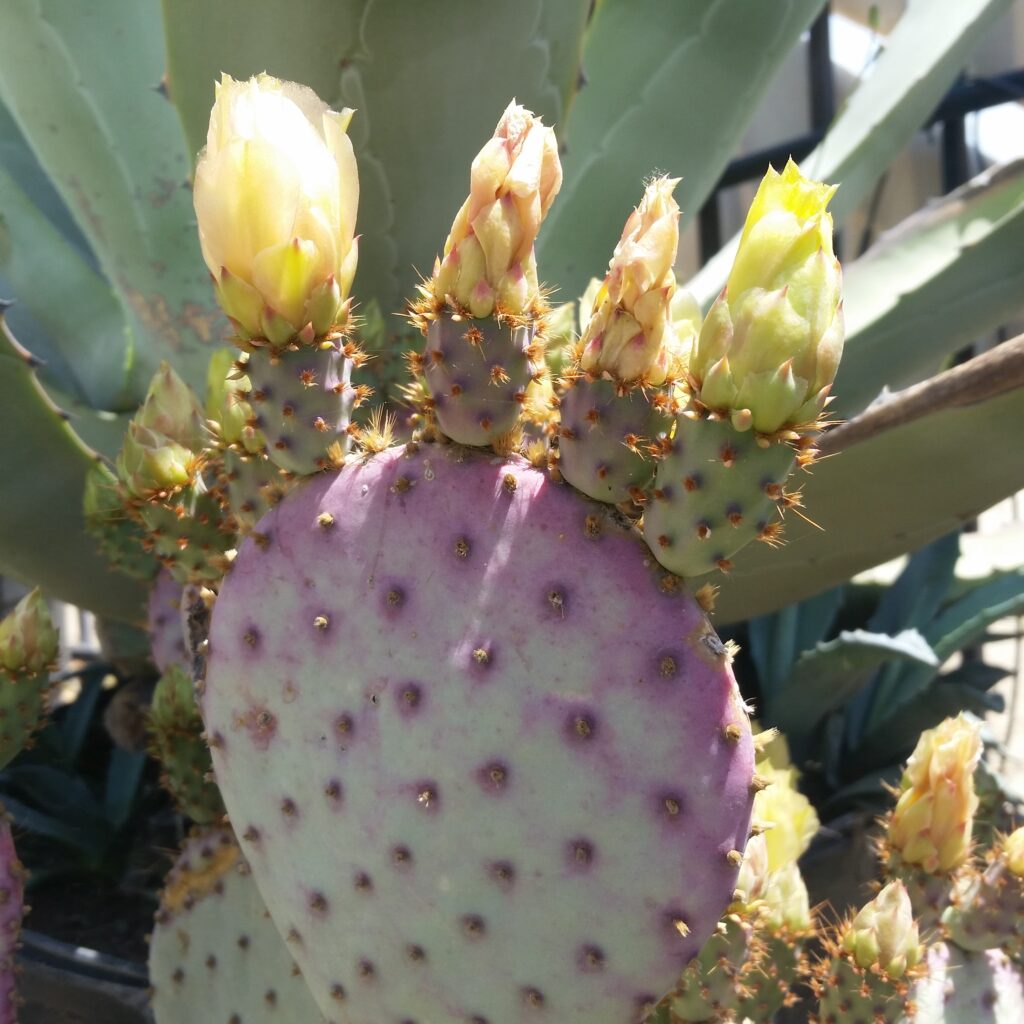
Opuntia santarita Prickly Pear Cactus Mid Valley Trees
Opuntia santa-rita: An evergreen cactus / succulent with blue and green foliage and yellow flowers in spring and summer followed by red fruit. It contributes glaucous texture to the garden. Attractive to bees and hummingbirds. To grow well, it prefers sun - mostly sun and occasional - low water. Drought tolerant once established. Prefers to be dry in winter. Grows best in well-drained, lean.
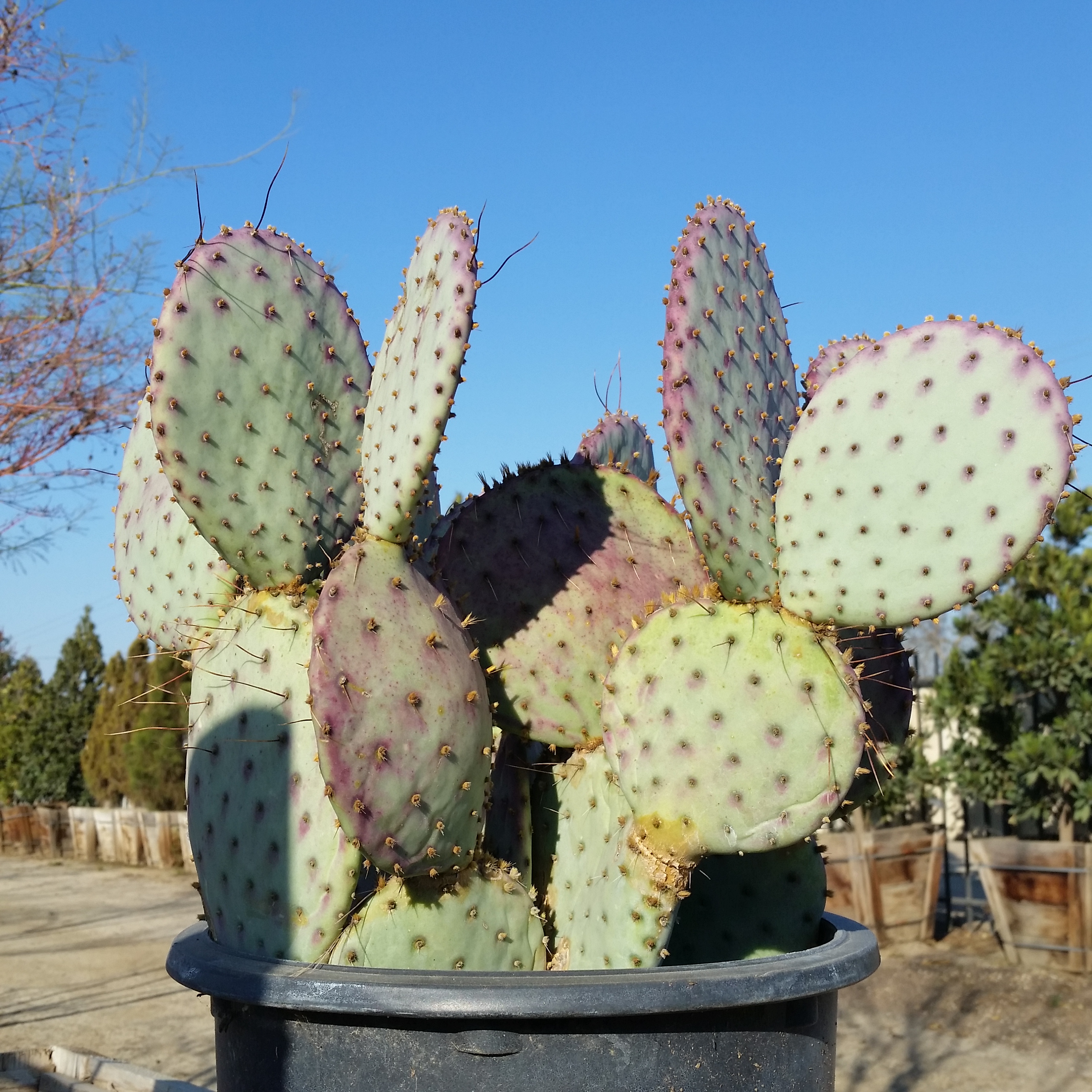
Opuntia santarita Prickly Pear Cactus Mid Valley Trees
THE BASICS Zones: Generally zones 9-11; some varieties, such as O. humifusa, are cold hardy to zone 4. Height/Spread: Varieties range from 6- to 12-inch tall, 18-inch wide low-growing cactus to 10- to 15-foot tall trees. Exposure: Full sun Bloom Time: June to July Color: Prickly pear flower color varies by type, usually yellow, red or purple.
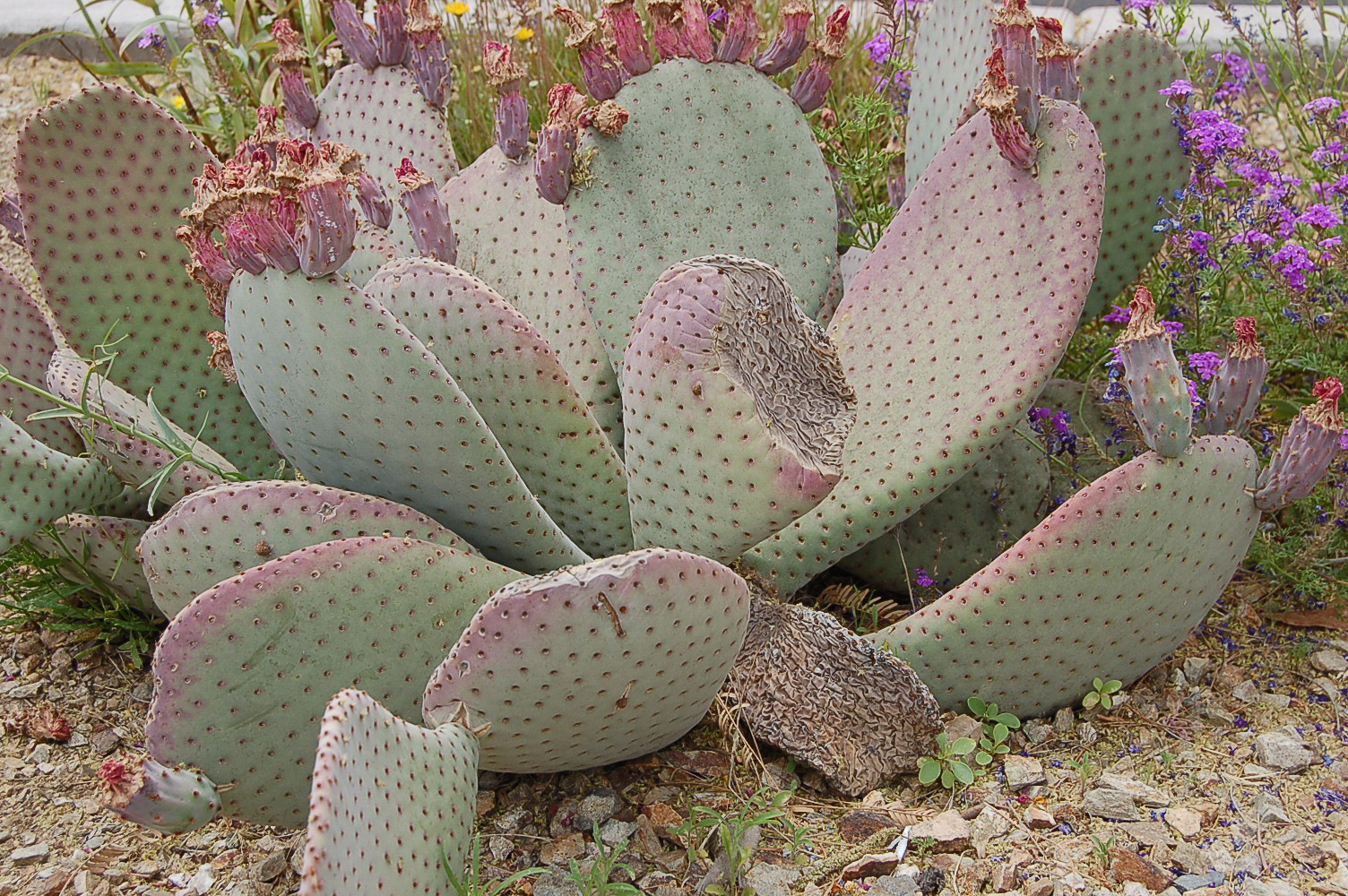
Opuntia santarita (Santa Rita Purple Prickly Pear)
Opuntia Santa-Rita is a member of the Opuntia family and is known for being cold hardy. It is able to survive temperatures down to 0°F, making it an ideal choice for areas with cold winters. The succulent's thick leaves and stems help retain moisture in its cells, allowing it to survive through frigid temperatures.